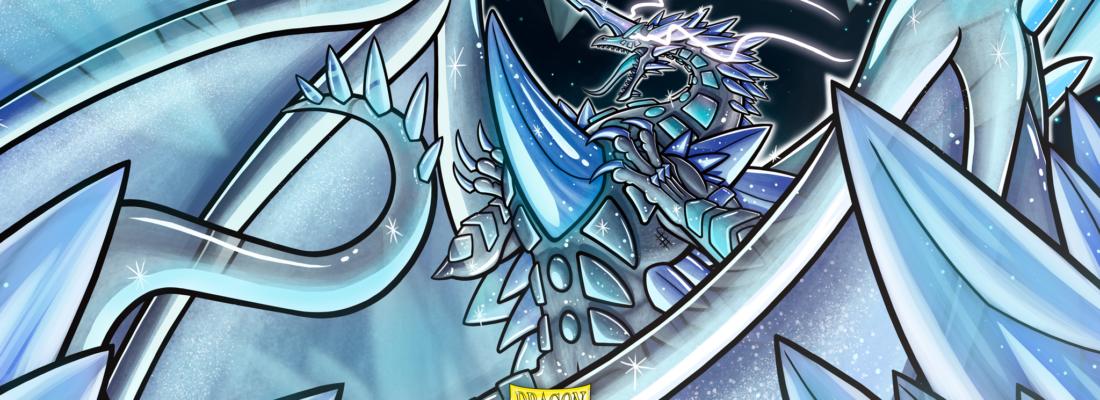Android: Netrunner Living Card Game™
In autumn of 2017, a number of changes came all of a sudden to Fantasy Flight’s venerable Android: Netrunner Living Card Game™ which are helping to revive the game, bring in new players, and serve as an exciting “soft reset.” In this post, I’ll describe some of these changes, as well as why it’s a great time to give the game another look.
Android: Netrunner is a two-player, asymmetrical, customizable card game, published by Fantasy Flight since 2012. A rethemed/reboot of the cult classic collectible card game NetRunner (originally designed by Richard Garfield, designer of Magic: the Gathering and King of Tokyo, among other games), the game involves one player (the “Runner”) attempting to steal agendas from the other player (the “Corporation”). Players win by scoring seven points through playing or stealing agendas before their opponent.
Android: Netrunner has seen a dedicated community of players and explores exciting cyber-heists in a dystopian future of criminal hackers, politically-motivated anarchists, code-obsessed “shapers” and the corporate-dominated world they live in. As with all of Fantasy Flight’s Living Card Games, cards are not released in randomized booster packs, but in “cycles” of “datapacks” with predetermined cards, along with larger expansion box sets. All a player really needs to give the game a taste, however, is the game’s “core set,” which contains several hundred basic cards, including cards for all of the factions in the game.
Android: Netrunner has rolled out a number of recent and significant changes. On October 1, 2017, the game became the first of Fantasy Flight’s living card game line to reach rotation. The first two cycles of datapacks — the six packs in the Genesis Cycle and the six packs in the Spin Cycle — left the game, with the majority of the cards removed from the game for good. The somewhat unwieldy size of Android: Netrunner’s card pool instantly lessened by a great number of cards — initially losing 240 unique cards through rotation, and refreshing the game through the simple elimination of cards. Removing staple Corp cards such as Jackson Howard forced the community to start thinking about new solutions, new synergies with older cards, and the return of older play styles.
But, the next announcement — that the game would be receiving a new, Revised Core Set — was a real revelation. The Revised Core Set would allow certain cards to live on in the game while changing the overall core experience. In other words, powerful, game-changing cards were removed in favor of (hopefully) more balanced additions. Gone was the Corporation card Scorched Earth and the Runner card Account Siphon, cards which had dominated the game during periods of its history, but were notoriously unfriendly to new players. Replacing them would be cards from the earliest cycles, as the game was retooled to provide a more balanced core experience, as well as to push the game into new design directions.
With these changes comes a great deal of excitement, both for the new players finding out about the game, as well as for us old-timers who have been playing for years. This kind of “forced refresh” for the game challenges us to try out new approaches to the game, whether we were prepared to or not. For the first time in years, the community is humming with excitement over the sheer possibilities that rotation and the Revised Core Set have opened up in the game. I’ve found myself rethinking many of my decks, and trying to find new approaches to deal with an excitingly unknowable new metagame.
I’ve been playing since 2013 and can’t recall any time when the game felt this new. When the game was first released in 2012, the most effective decks and strategies were still unclear, of course, but with rotation and the Revised Core, we not only have a new opportunity to discover the shape of the game anew, we have five cycles of datapacks, four deluxe expansions, and a campaign expansion in the cardpool as well. That is to say, it’s not a completely new game with a limited cardpool, just a “trimmed down” game that has now refined the game experience for all.
The game is a “living” card game, and of course, judicious pruning helps keep everything growing. With the new “Kitara Cycle,” set in future Africa, the game appears ready to expand into new storylines, new settings, and new mechanics. If you’re looking for a different experience in collectible/customizable card games, Android: Netrunner has readjusted itself and is ready for you to jack in!
Recommended Posts

5 New Double Shell Deck Box Colors
We’ve given our Double Shells a revision and they’re now available in 5 new awesome colors!
Read More
7 Sleeves Crafter Inspiration Id...
Your deck is unique! So why aren’t your sleeves? With Sleeve Crafter, you can create custom sleeves with the renowne
Read More
A Link to the Future!
What’s kickin’, y’all? Kwikpanik here again to bring you the fantastic news that a new world of Yu-Gi-Oh! has [.
Read More
